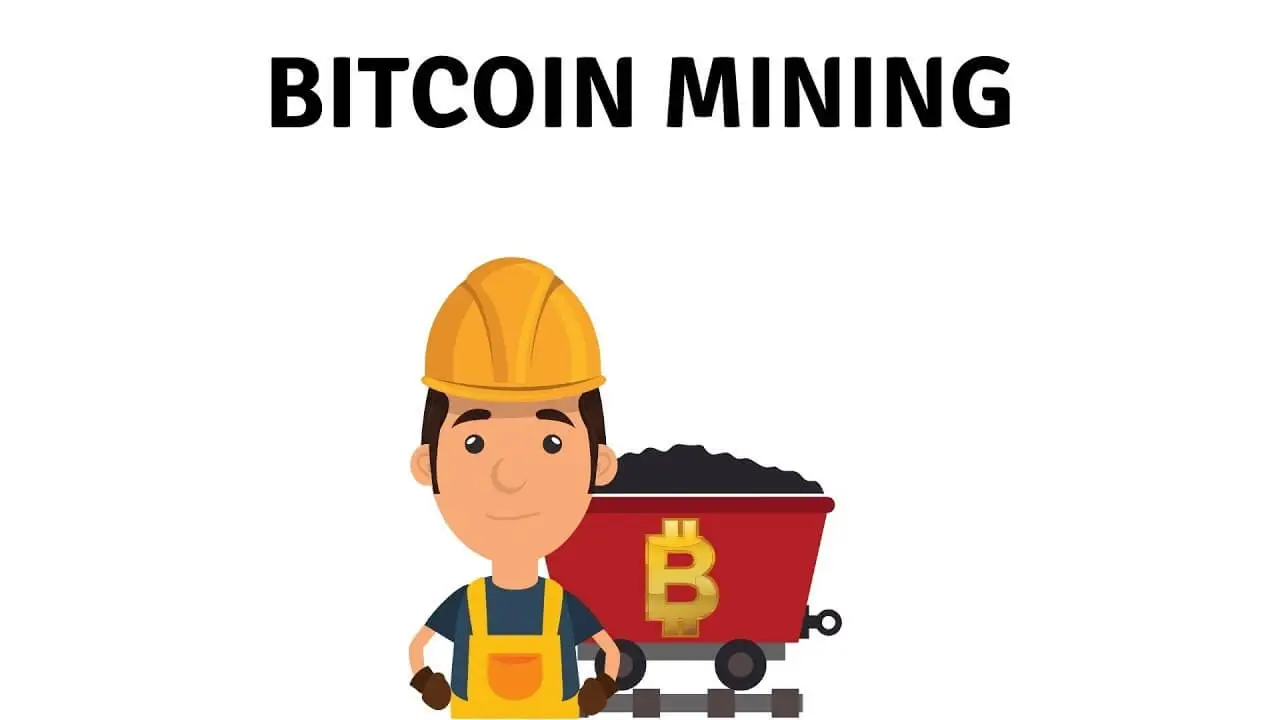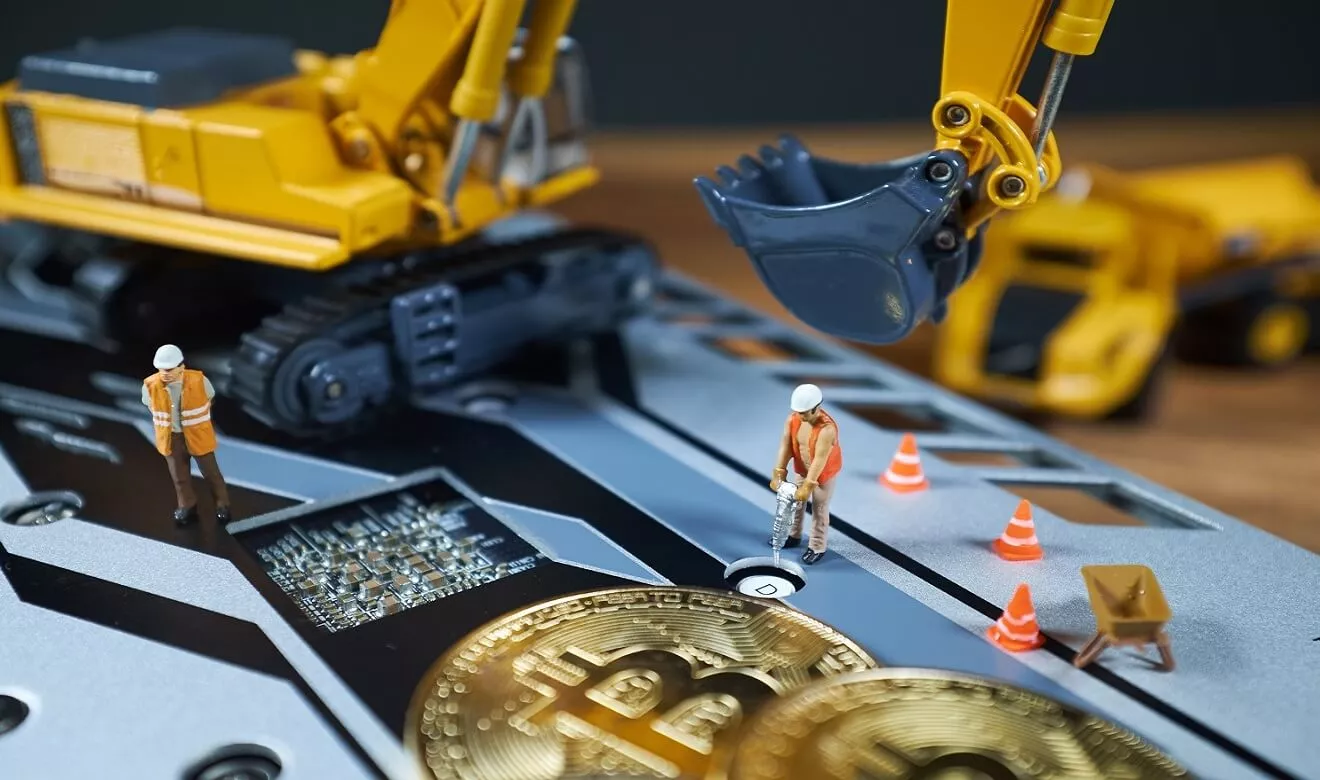The actual bitcoin mining process was done on desktop computers with regular CPUs, but it took too long to confirm transactions and generate new bitcoins. This led many people excited about cryptocurrency to switch over to get their hands on some quick bucks! But before you could even say “mining,” there came an answer: Application-Specific Integrated Circuit chips (ASICs). These specialized devices can solve complex mathematical puzzles much faster than any general-purpose chip–and they’re getting better. Bitcoin mining is a competitive solving mathematical puzzle that helps create new bitcoins.

For this reason, it consists mainly of computer systems equipped with specialized chips designed specifically for Bitcoin Mining. It has been adopted quickly since its release in 2009 by processors such as Intel grams rather than traditional CPUs because they are better suited towards focusing on tasks at hand while also being much faster when performing them compared to their predecessors- despite any drawbacks associated in addition to that like higher power consumption or heat output which could harm other components inside your device if not properly vented out ecosystem-wide.
Miners aggregate their systems that consume massive amounts of electricity to mine cryptocurrencies like Bitcoin, which has been seen as detrimental towards the environment in regions where fossil fuels are used for power generation due to its rising temperatures and CO2 emissions contribute directly toward climate change as several such corporations have moved operations away from countries with high pollution rates into ones sporting renewable energies so they can reduce cryptocurrency’s effects on Earth’s natural resources. Cryptocurrency mining has become a significant source of renewable energy around the world! With large-scale operations in countries with access to cheap hydroelectric or solar power, cryptocurrency miners can reduce their carbon footprint while contributing positively to environmental protection.
Miners use big machines and other implements to mine for gold. They solve mathematical puzzles generated by Bitcoin’s algorithm, which produces new coins in return! Just as with mining for ore outdoors or inside a mine, solving these calculations helps keep the network trustworthy through verification of transaction information verified at 1MB per block—the size limit until 2140 when it will change again due to another hard fork.
The process also creates more efficiency within crypto cloud mining because every party on this online monetary system trusts each other according to those rules set out before them. Miners use massive computers called “mining rigs” to solve complicated mathematical puzzles. These systems verify transactions on the Bitcoin blockchain and make it trustworthy by proving 1MB worth – or one block-worth -of data every 10 minutes! With Bitcoin and other digital currencies, there is a risk that spenders can make copies of their coins. Transactions are aggregated into blocks which get added to databases called Blockchain for chains unhittable records–full nodes in this network verify all transactions occurring on it by downloading entire histories from various nodes across the internet when they want information about what has happened with some particular currency recently or if someone sends them some money now but liked It.

Wesley has been a crypto enthusiast for a year. He’s an avid watcher of all the latest developments in the space, and enjoys predicting what will happen next with his favorite coins.
He lives in his hometown of New York City with his wife and two sons. His hobbies include watching movies, playing basketball, and reading about how to survive disasters that may occur from climate change or an asteroid impact!



